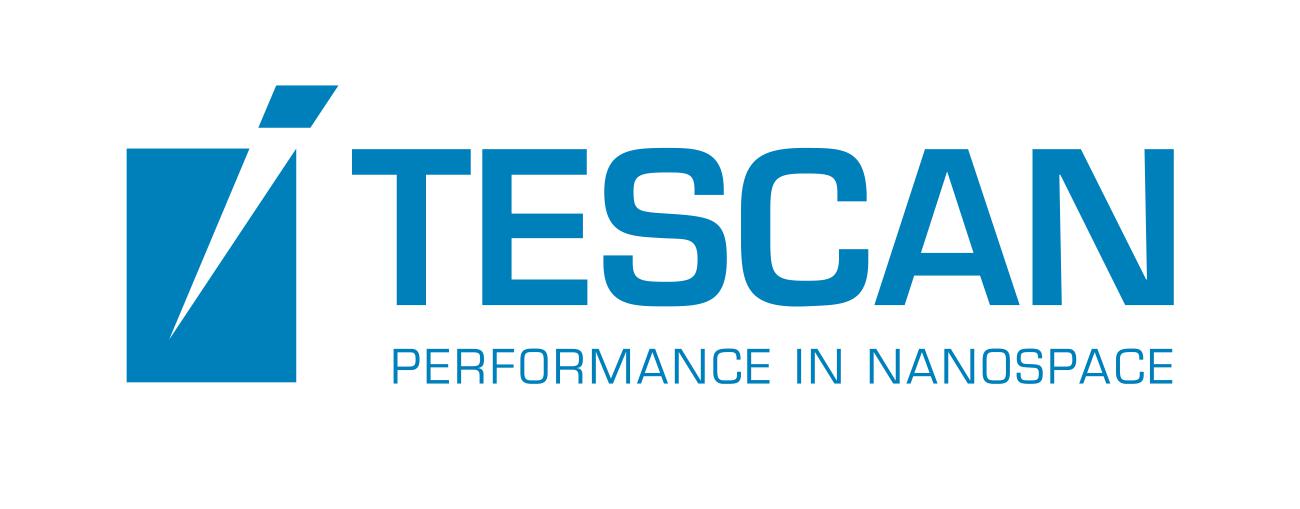Presentation materials
In this work, we use a combination of formal upscaling and data-driven machine learning for explicitly closing a nonlinear transport and reaction process in a multiscale tissue. The classical effectiveness factor model is used to formulate the macroscale reaction kinetics. We train a multilayer perceptron network using training data generated by direct numerical simulations over thousands of...
Precise 3D demonstration of heterogeneous porous materials while critical is still a challenge. The advantage of having such models includes for example more accurate characterization and estimation of transport properties. Realistic 3D representations can be achieved using several high-resolution 2D samples. We applied a deep learning algorithm to utilize 2D images and reconstruct 3D models...
Accurate prediction of solid mineral dissolution during reactive flow in porous media is vital for a wide range of subsurface applications (e.g., CO2 sequestration [1] and geothermal systems [2]). Detailed numerical modelling of mineral dissolution at the pore-scale is generally expensive [3] and that limits our ability to perform comprehensive uncertainty quantification studies to explore the...
Simulating fluid flow in reservoir models is an expensive and time-consuming task. Given the inherent uncertainty in most measurements used as inputs for these models, it is customary to perform stochastic modeling in order to reduce and quantify the uncertainty. Recently, a new class of machine learning algorithms referred to as operator learning has been developed. These algorithms, such as...
Understanding the reservoir behavior is vital knowledge required for various aspects of the reservoir management cycle such as production optimization and establishment of the field development strategy. Reservoir simulation is the most accurate tool for production forecast, but often it is very expensive from the aspects of computational time and investment in the model building process. In...
Simulation of CO
Hydrogeological properties are very important to enhance the modeling of physical and chemical processes related to various geoscience and environmental applications such as geologic carbon storage, subsurface energy recovery, and environmental fate and transport. One critical component of subsurface characterization for prediction of flow and reactive transport is how accurately we can...
Geologic carbon storage (GCS) is a viable technology that can reduce carbon emissions to the atmosphere and mitigate the impact of climate change. Undeniably, a better understanding of the seismic potential in a GCS site and developing a corresponding mitigation strategy for risk management plan is required to ensure operational safety and minimize environmental impacts. To achieve this, a...
Abstract:Shale oil is a valuable unconventional oil and gas resource. It has a complex mineral composition, and rapid and accurate prediction of core flow parameters is crucial for its exploration and development strategy. At present, researchers predict flow parameters such as speed,pressure,apparent permeability,etc. through core experiments that require specific experimental conditions and...
Accurate modeling of water flow and solute transport in unsaturated soils are of significant importance for precision agriculture and environmental protection. However, traditional modeling approaches are considerably challenging since they require well-defined boundaries and initial conditions. Harnessing machine-learning techniques, specifically deep neural networks (DNNs), to detect water...
The trade-off between the field of view (FOV) and resolution of micro-computed tomography (micro-CT) is a hardware bottleneck limits capturing both heterogeneity and micro-structure detail. Efficient super resolution methods combine the upper limits of both FOV and voxel resolution, while efficient modelling permits analysis of the large domain. A low resolution image of a 1-inch sandstone...
Due to the complexity of rock structure with features on scales ranging ten orders of magnitude, the multiscale fractured carbonates require more complex analysis tools than the macroscopic simulation approaches currently used which have been developed for and validated against siliciclastic rocks primarily. Digital Rock Technology (DRT) offers a means to determine the system’s transport...
Analyzing the physics under the same imaging condition is hampered by the domain difference between digital rock images from micro-computed tomography (micro-CT). Different scan devices, scan conditions, and sample conditions (dry/wet samples) are frequently to blame for domain differences in micro-CT rock images. Unpaired domain transfer by Generative Adversarial Network (GAN) is a method...
The types, content changes and distribution of mineral components in unconventional reservoirs are complex and diverse, which brings great difficulties to reservoir evaluation. In order to more accurately carry out numerical simulation of rock physical properties based on digital cores, it is necessary to accurately identify and divide the skeleton, establish multi mineral 3D digital cores,...
The rapid advancement in digital core analysis has greatly promoted the research development of flow and transport in porous media. However, the field of interest revealing pore level information that can be processed through standard digital core analysis workflow is rather limited for practical purposes. The integration of pore-scale information into continuum scale is widely concerned as it...
Investigating the operation dynamics of energy storage systems, like lithium-ion batteries, is becoming increasingly important in a range of applications, from automotive to grid-connected energy storage. To simulate battery discharge we performed finite element simulations in unstructured grids. The transient simulations are focused on the cathode of the battery (i.e.: half-cell simulations),...
Porosity and permeability are vital reservoir parameters for predicting CO2 storage capacity and CO2 plume migration during CO2 storage. Apart from conventional routine core analysis (RCA) method, digital core analysis (DCA) can be applied to characterise the petrophysical and geological properties. With the advancement of computed-tomography equipment development and breakthrough in...
Machine learning has been applied successfully, using three-dimensional images as training datasets, to generate realizations of the pore space, as well as to produce super-resolution images. We extend this work, using GANs to generate images both of the pore space but also two fluid phases within the pore space, using experimental high-resolution three-dimensional X-ray images of the pore...
Surface roughness of pore space of sedimentary rocks plays an essential role in various processes, e.g., enhanced oil recovery from reservoir rocks [1] and microbially-induced calcite crystal growth [2]. Regarding immiscible fluid flow, the surface roughness affects the local contact angle and hence the relative rock surface tendency to one of the fluids [3]. The roughness impact is much more...
Siliciclastic CO2 storage reservoirs often comprise lithological heterogeneity across different spatial scales. Consequently, the reservoirs could include high permeability pathways resulting in an unexpected migration of fluid. On the contrary, the presence of certain rock types which act as flow barrier, especially near the injection source, could block the flow of CO2 leading to reservoir...
Simulating the transport of gasses or liquids through porous media is challenging when the complex geometry of real systems is to be considered, especially when transport is accompanied by sorption and/or chemical reactions. This complexity challenges traditional numerical solvers in their ability to capture the intricate details of the system in an accurate yet feasible manner.
This...
Today, water and resource managers face a huge challenge managing systems that are rapidly evolving in a warming climate, and where historical observations are no longer a reliable guide. Existing water management tools significantly lag the state of the science and are often ill-equipped to provide reliable forecasts under these conditions. Similarly, historical observations are of limited...
The permeability of gas diffusion layers (GDLs) depends on their micro-structure, and is relevant
for transport simulations at higher scales, e.g., fuel cells and stacks. Given the micro-structure, the
permeability can be obtained from transport simulations [1], which typically requires large computing
resources. Such GDLs are used in polymer electrolyte fuel cells (PEFCs), as well as in...
Carbon Capture, Utilization, and Sequestration (CCUS) technology is recognized as a pivotal solution to reduce carbon emissions to the atmosphere and address the issue of global warming. CO2 injection in coal formations has been commonly applied to enhance methane (CH4) recovery from coalbeds and carbon sequestration in underground formations for environmental purposes. The performance of the...
Dealing with the impacts of climate change is one of the main challenges of our times. The definition of adaptation and mitigation strategies requires the research community to provide accurate analyses on several climate-related phenomena. Data with improved spatial coverage and time resolution are currently available through satellite technologies though interpretative efforts are needed to...







